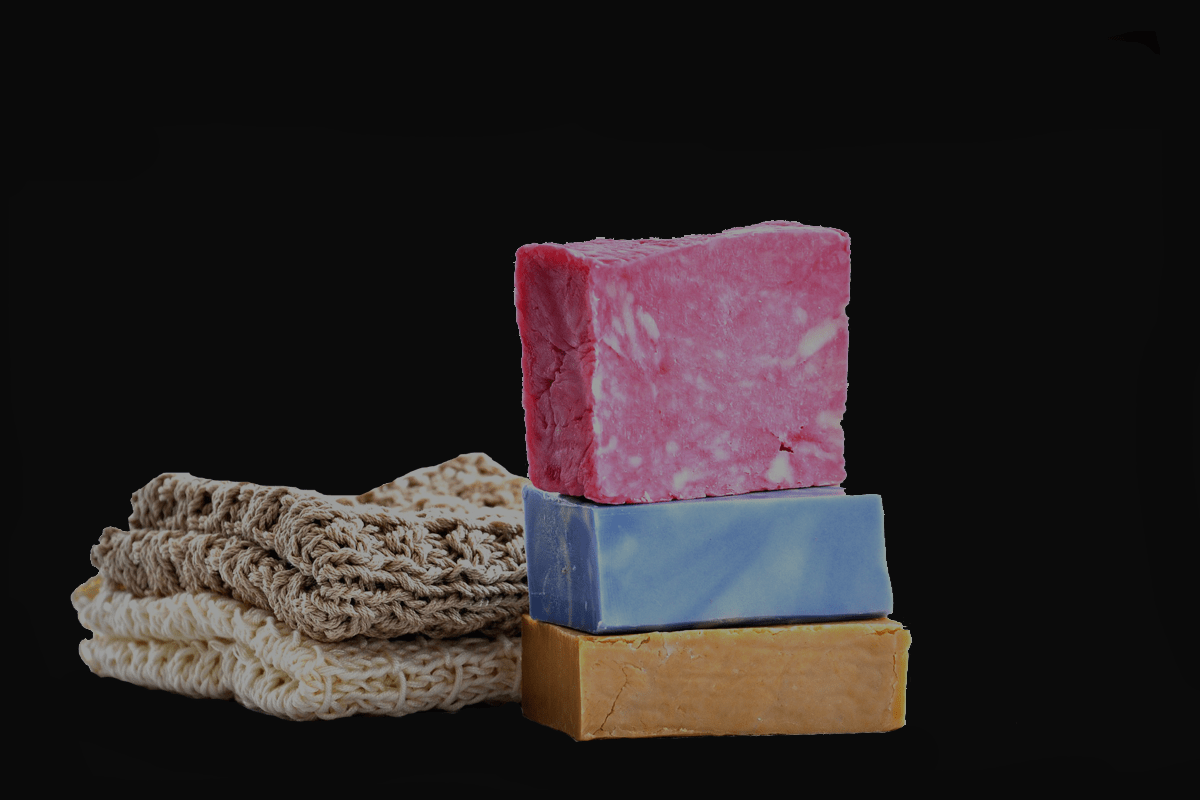
Safety Precautions
- Upon opening a container of lye, the lye crystals absorb water from the air, which can weaken the strength of the lye and cause it to form a solid lump. When not in use, keep the lye container closely capped.
- Lye reacts with some metals: aluminum, zinc, and tin. Safe containers include heatproof stoneware, glass, enamel, stainless steel, and plastic.
- Lye can be fatal if swallowed.
- Lye can remove paint. If lye, lye water or freshly made soap splatters onto a painted surface, wipe it off immediately. Wash the area with water and detergent; wash it with clear water, then wipe it dry.
- Lye, lye water and freshly-made soap can burn and irritate skin. You’ll notice itching before burning. Lye/water on skin is first noticed by a slippery feeling. Rinse your hands with vinegar and immediately rinse them with running water.
- Since lye can burn skin, you can imagine what it does to eyes. It’s difficult to rinse your eyes while they’re burning and you can’t see. This painful and dangerous situation in entirely avoidable. Always wear eye protection!
You may wonder why anyone wants to bathe with soap that contains something as harsh as lye. Well, the good news is that soap is ‘made’ with lye, but soap doesn’t ‘contain’ lye. Lye reacts with fats, creating roughly three molecules soap and one molecule glycerin. The lye is no longer present–only great soap and glycerin.
NOTE: If you have small children, keep the lye (and essential oils) in a ‘locked’ cabinet. Lye/water sitting at the edge of a counter can easily be reached by children and even swallowed. Drinking lye/water is like drinking liquid fire. Anyone ingesting lye/water should immediately be taken to an emergency room for treatment!
Children and others that don’t understand the risk, shouldn’t be around when you make soap or have access to stored soap-making materials, especially essential oils, and lye.

